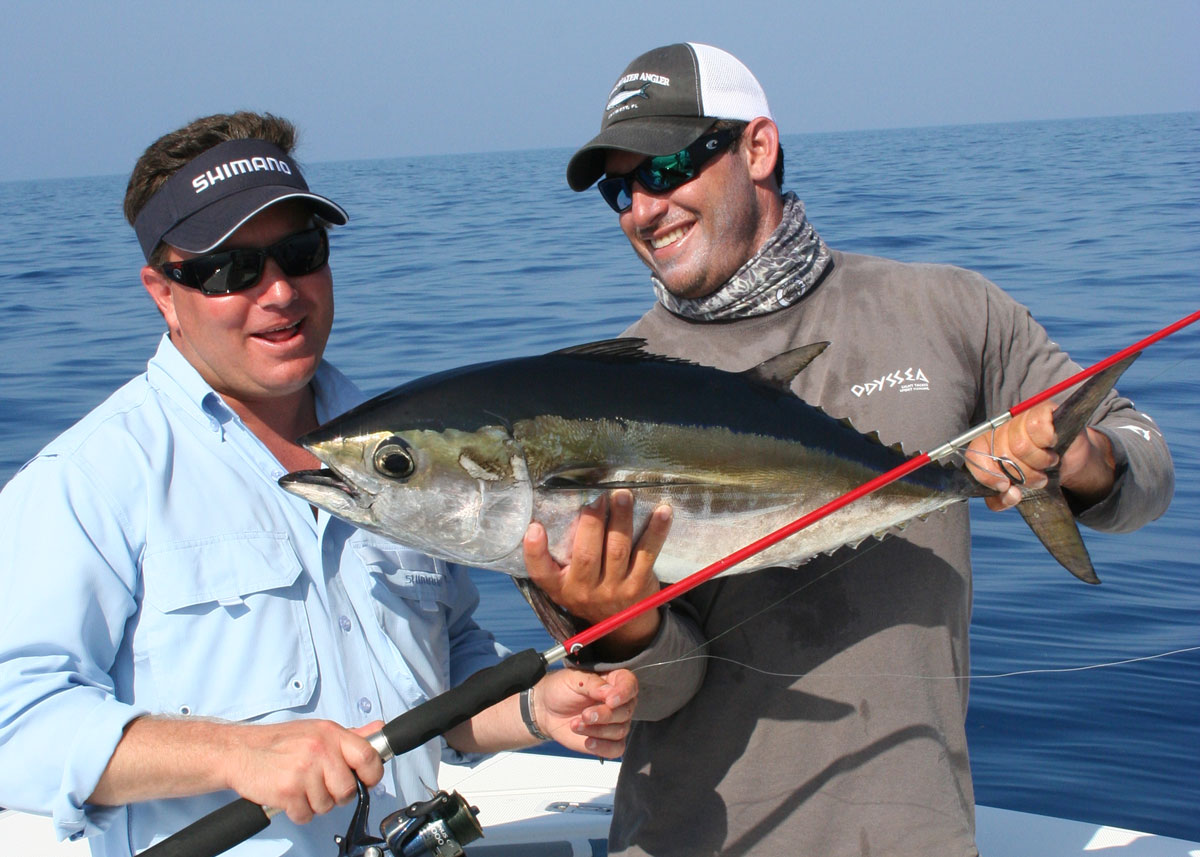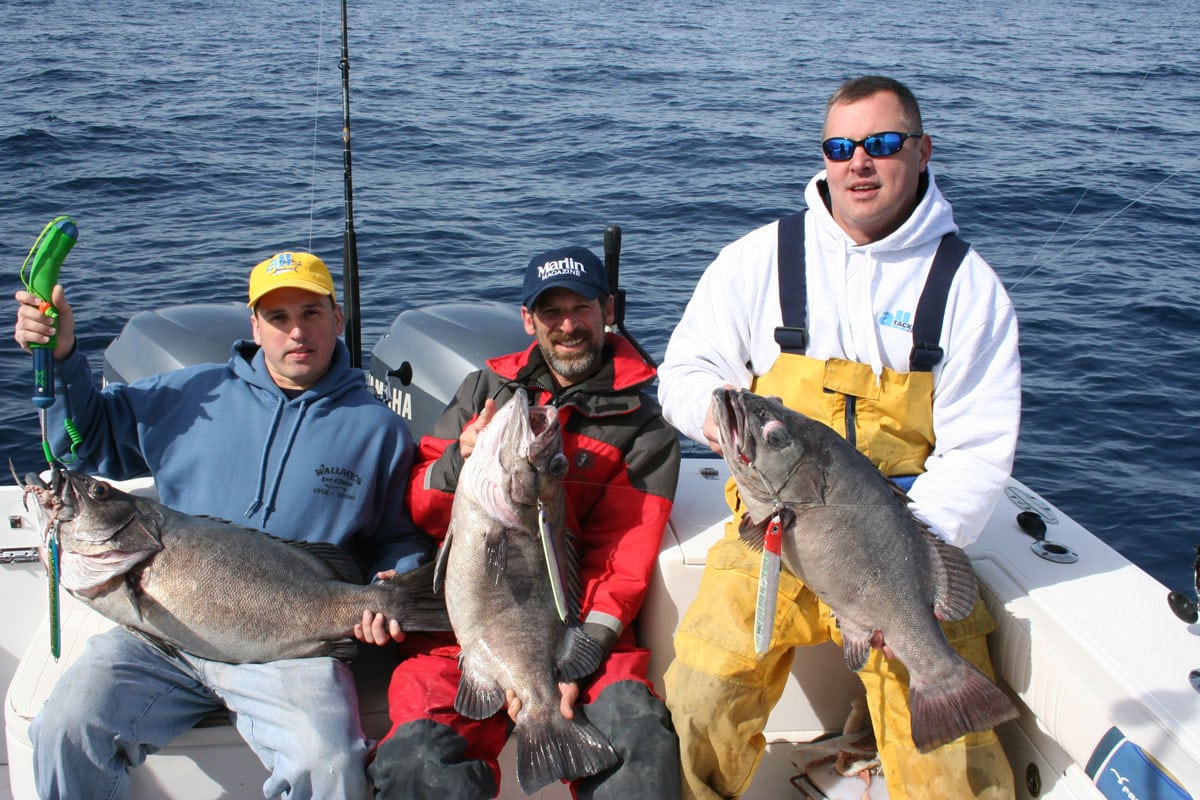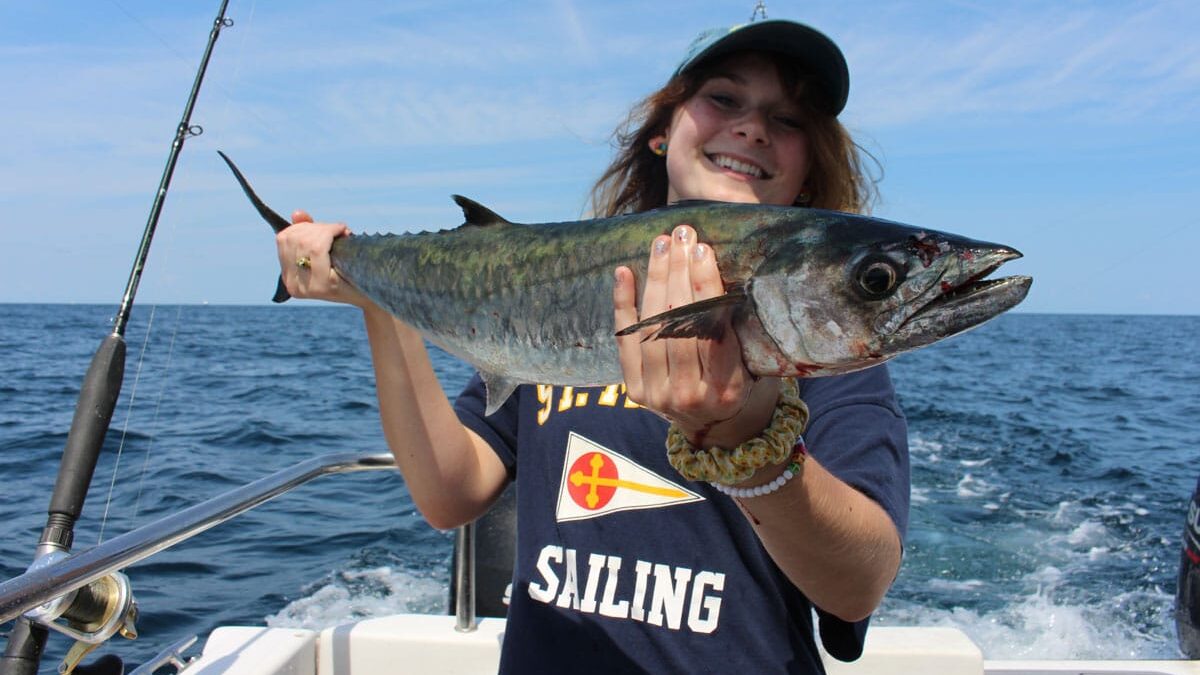Inshore anglers consider tides and currents a critical factor, but offshore anglers often miss the boat. Fact: We know that currents have a huge impact on how and when fish feed. Another fact: few offshore anglers take currents into account. This is especially surprising since inshore anglers often have their current considerations honed to fine… READ MORE
Will a push of yellowfin come blasting up the Mid-Atlantic coast on the early side this spring? We certainly hope so. But that’s a big “if” and the past few seasons spring has been well underway before they showed up. Even if the tuna do make an early appearance, finding them can be a challenge…. READ MORE
The tunas and marlin might be long gone by the time snow starts falling, but there are still predators lurking at the Mid-Atlantic canyons.
Will those big bluefin make a run down the coast in the winter of 2024/25 like they did last year? If they pull off a repeat performance you’ll want to be fully prepared to head out and hook up. Here are three top tactics that produced banner catches last year.
Offshore, structure is a very different thing than it is inshore. Most of us know to look for three key elements: flotsam, temperature breaks, and bathymetric changes. Is there also a fourth you should be on the lookout for? Some savvy anglers say chlorophyll can be key.
King mackerel may be most popular well south of the Mason Dixon line, but annual invasions north present an awesome angling opportunity for Mid-Atlantic anglers in late summer through early fall.






